Raytheon and the U.S. Navy successfully flight tested the first SM-2 surface-to-air missile from the company’s restarted production line.
The SM-2 Block IIIB missile launched, flew and provided accurate telemetry data to the range, and engaged an airborne Navy target. SM-2 allows navies to defend against anti-ship missiles and aircraft.
“The SM-2 is in high demand because of its advanced capabilities and history of more than 2,700 successful flight tests from U.S. Navy and international ships,” said Dr. Mitch Stevison, Raytheon Strategic and Naval Systems vice president.
“Navies worldwide have relied on this missile and it will continue to provide fleet protection for decades to come.”
Raytheon say it has delivered over 11,000 SM-2 missiles to customers worldwide. In 2020, the company will begin to provide Australia, Japan, South Korea and the Netherlands with more than 280 missiles from its latest production batch.
According to the Raytheon website, these are the main SM-2 Block IIIA and IIIB missile features
- Advanced semi-active radar seeker technologies in both continuous wave and interrupted continuous wave guidance modes
- Tail controls and solid rocket motor propulsion to engage the world’s advanced high-speed maneuvering threats at tactically significant ranges
- IIIB enhances the IIIA’s existing superior capabilities by adding autonomous infrared acquisition
- High-technology active radar target detection device and directional warhead to ensure successful destruction of the target


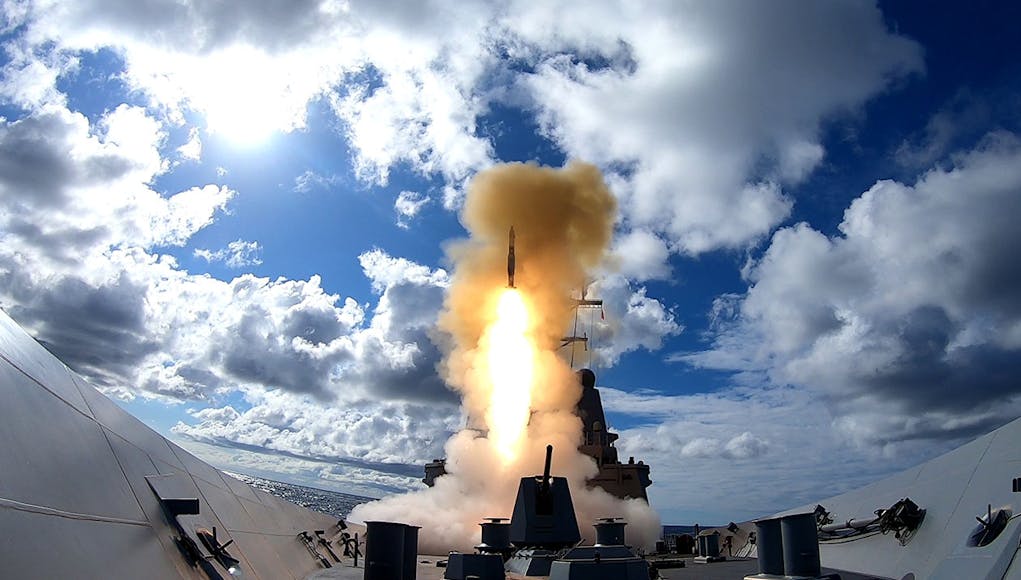


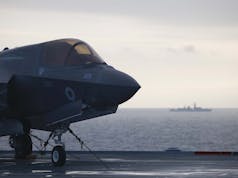
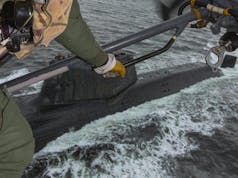

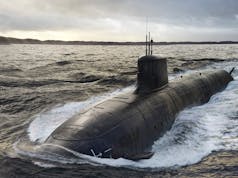


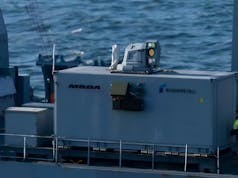


A missile using a semi-active radar seeker, requires X-band radar system.
Depends on how you designate the bands. In RN service 909 on T42 used J band.
Not strictly true, it depends on the radar’s frequency versus the RCS of the target and the size of the antenna you can fit in the missile’s nose. For example a relatively long wavelength radar such as the S1850M which is an S band (D band NATO) operating around 1 to 2 GHz, has a wavelength about 30 to 15cm. At a quarter wavelength the antenna required to detect it would be 7.5 to 3.75cm long which is enough to fit in a missile nose cone. An aircraft such as the Russian Tu95 Bear has a ginormous radar cross section so can be detected nearly at the maximum range of a S1850M radar. For a missile to target a bear the limiting factor would be the amount of fuel the missile cold carry i.e. its size, which is great for targeting an object flying at 35,000ft.
Now compare the RCS of say an Exocet anti-ship missile that has a diameter of 35cm. The long wave S1850M radar should detect it frontally, as the wavelength fits within the diameter scaling. However, other factors come into play, such as the material the missile is made from, the angle the missile is approaching and how close it is to the sea surface. The interference generated by the sea cannot be overestimated, it really screws up the maths trying to work out moving targets. This is one of the reasons higher wavelength radar, such as X-band is used for surface searching.
X band (I/J band NATO) is from 8 to 12GHz or 3.75 to 2.5cm. Basically to get a decent return from a target, you need to get a decent proportion of a returned signal. By shortening the wavelength you get a bigger guarantee that the some of the transmitted signal will reflect from a smaller target such as the Exocet. There is obviously more to it such a surface attenuation and reflection from the sea and how the radar wave interacts with the target. But it is now easier for the maths to negate the doppler shift generated by the sea compared to a fast moving target.
The other benefit of using a higher frequency radar is to do with the antenna size of the missile. For a semi-active homing missile that relies on the reflected signal bounced off the target. The larger the antenna size the greater the sensitivity. Therefore, for a missile such as SM2 with a diameter of 34cm. You can have an antenna (must be able to gimbal though) that is just smaller than the body’s diameter. Thereby ensuring that even the weakest return has a greater chance of being detected.
For missiles such as AMRAAM that has a body diameter of 18cm and uses an active radar seeker, it becomes a case of packaging. Its radar operating frequency is a guarded secret. However, due to the limited size of the body, it has to be using a radar with a higher wavelength than X band, purely deduced by the size of the required antenna and thus it’s sensitivity (more area = greater sensitivity). If it is using a higher frequency radar, you can expect the effective viewing range to be smaller, as this goes hand in hand with higher frequencies, i.e. you need more power to match lower frequencies ranges. Hence why active missiles need mid-course corrections and have a inertial guidance platform.
Pinkie!
I am glad you didn’t go into K band being used to reduce multi path effects or proportional navigation constant K for longer range systems…that stuff made my head hurt…(Not as much as comms theory or EW systems though.)
Sending wiggly radio waves along fan trunking is just wrong! Thats why Í stuck with things that go woosh and bang…until they made me a systems engineer and I had to remember it all again.
🙂
Did you get the phenomena of waveguide theory where it appeared the radio wave “seemed” to go faster than the speed of light? This happened when the signal was split in two, travelling different paths then re-joined with only a phase difference. To this day still struggle how an EM wave travelling through the same material on two different length paths can merge again at the same time? The lecturer at the time said just accept it! Proper mystical shit…